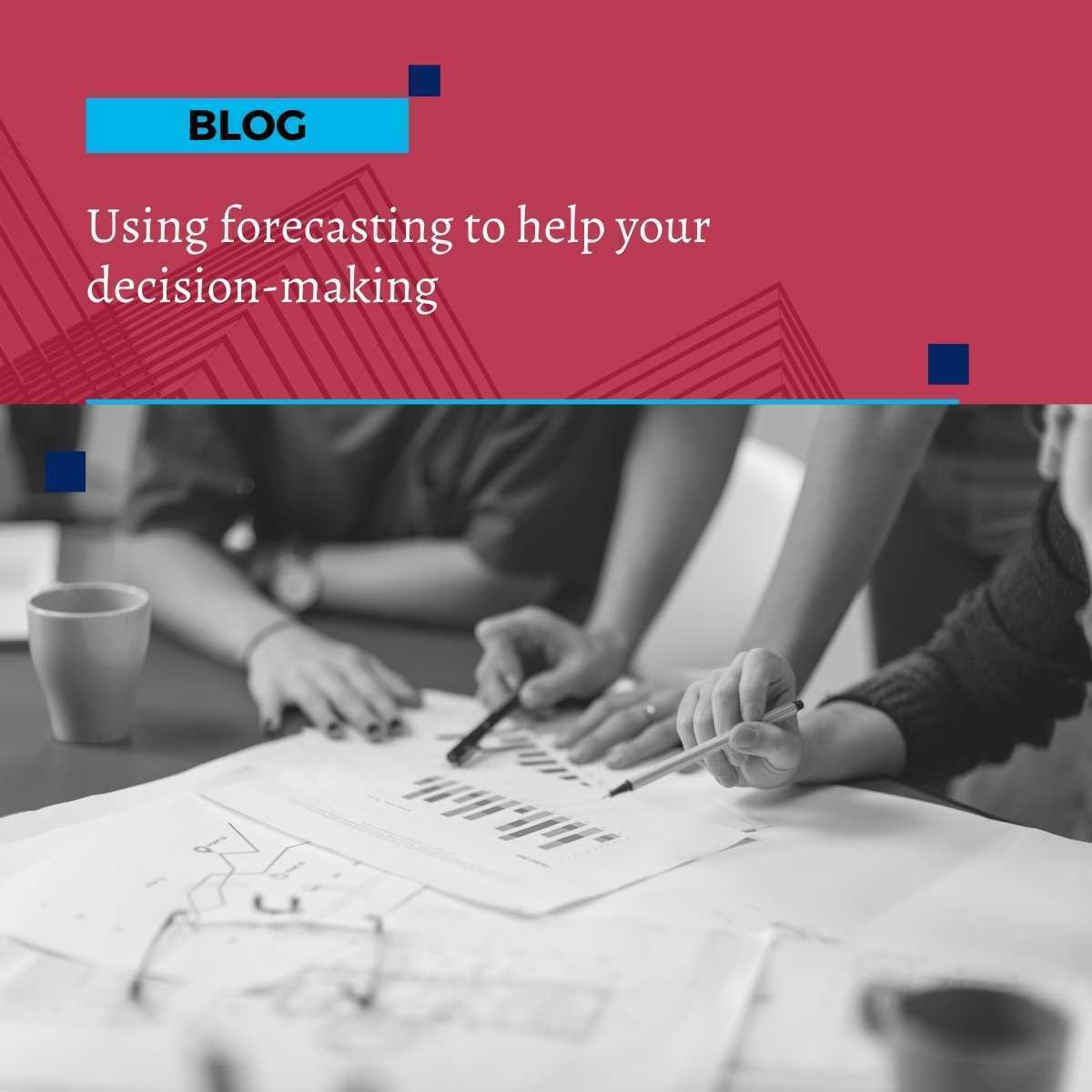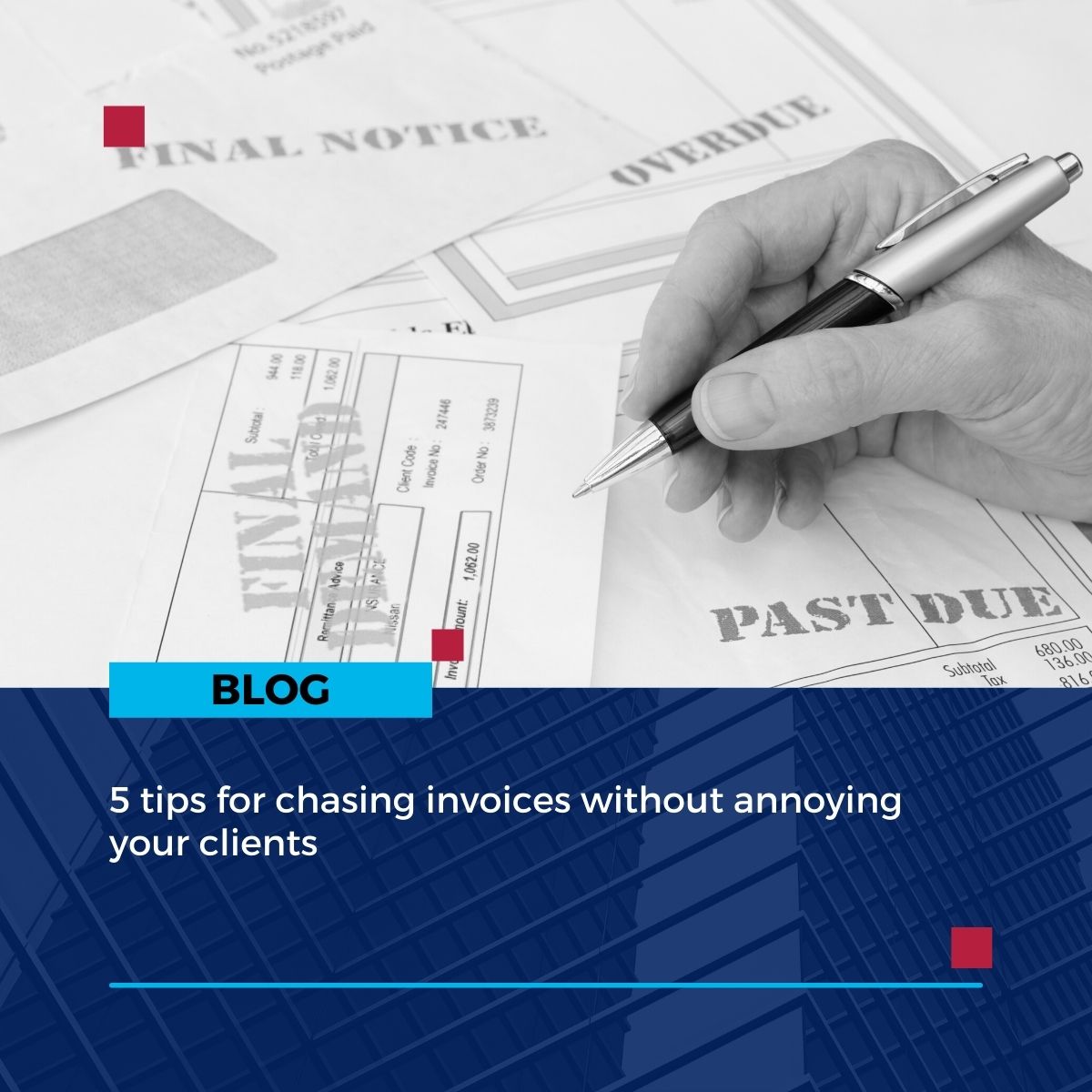
Christmas gifts for your customers and team
Christmas gifts for your customers and team
As the festive season approaches, it’s a great time to let your customers and team members know how much you appreciate them.
In a year that has presented its challenges, when it comes to deciding on Christmas gifts for your customers and team, finding the right balance between generosity and sensitivity is important. It’s not easy to know how much to spend or whether it’s appropriate to throw a party.
Let's explore some Christmas gift ideas that go beyond the traditional, and are appropriate for both your clients and team.
The traditional route: gifts, cards and donations
The traditional approach often involves food-related gifts like hams, hampers, or bottles of wine or spirits. While these can be easily ordered online and delivered, it's essential to consider potential delays and the possibility that recipients might be working remotely. To navigate these challenges, opt for non-perishable items or those with extended shelf life.
For clients who you have a close relationship with, consider personalised gifts that align with their personal interests. This more personal approach demonstrates your attentiveness and can strengthen your professional relationship. Additionally, a handwritten card adds a personal and cost-effective touch that resonates well during the holiday season.
Another option is a making a donation on behalf of your clients or team members. This adds a meaningful element to your gift-giving as many people really appreciate an email or card that lets them know you’ve donated money to a charity on their behalf. For that extra touch you can include details like, “The local foodbank will use this donation to feed families on Christmas Day.”
Building Stronger Connections: Coffee, Lunch, and Face-to-Face Interaction
Treating high-value clients to a coffee or lunch can be a powerful gesture. This not only allows for a more personal connection but also creates lasting memories. While this approach may involve a higher cost, the impact on client relationships can far exceed that of a traditional gift.
Consider the preferences of your team when deciding on gifts for them. While hampers are a classic choice, it may not be universally preferred. A Christmas bonus is appreciated, but it's essential to consider the tax implications. A supermarket voucher, on the other hand, retains its full value, providing a practical and tax-efficient alternative. Engage with your team to understand their preferences; some may value a paid day off more than a physical gift.
Budgeting for Generosity: Tailoring Gifts Based on Relationships
Working out how much to spend on each client can be challenging. One approach is to categorise clients based on their spending with your business and their overall value to your business.
Consider giving high-value clients more substantial gifts, while smaller clients may receive more modest yet thoughtful tokens of appreciation.
Need help with Christmas budgeting?
If you find yourself wondering how much each client has spent or are unsure about your Christmas gift budget, we're here to assist.
Get in touch with us, and we'll analyse the numbers to provide insights tailored to your business. We'll help make sure your generosity aligns with your financial capabilities, making this festive season memorable for both you and your clients.
Get in touch and we’ll run the numbers to give you the insights you need.








